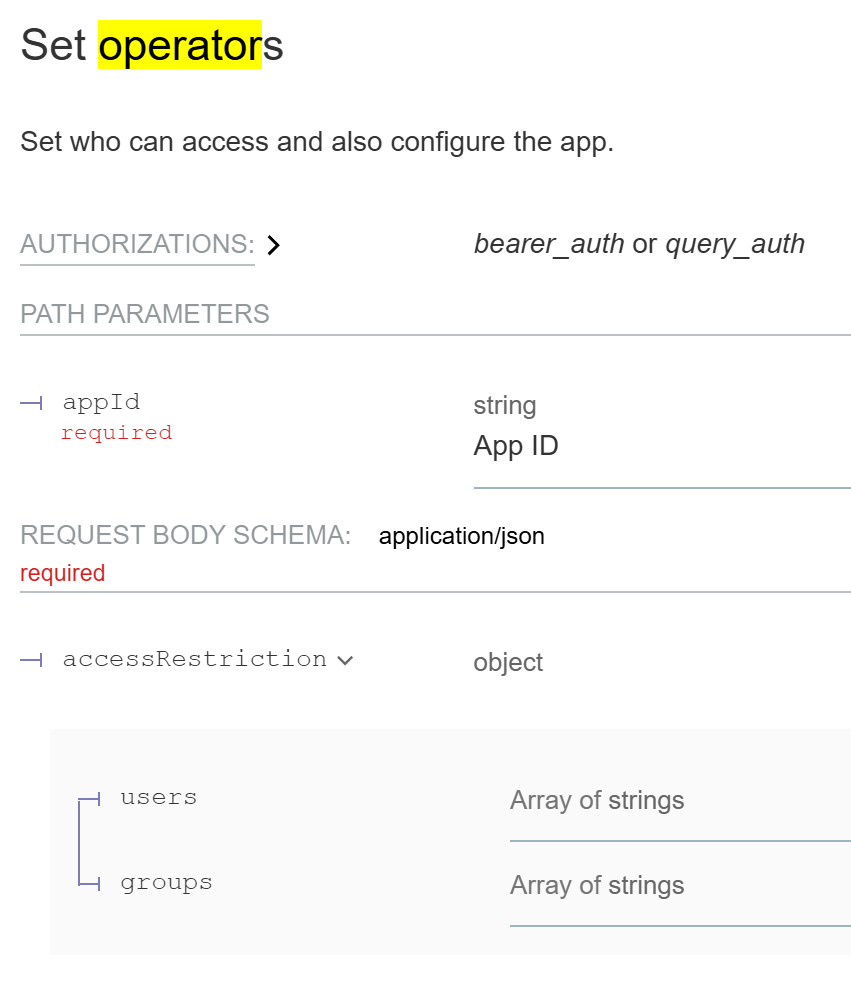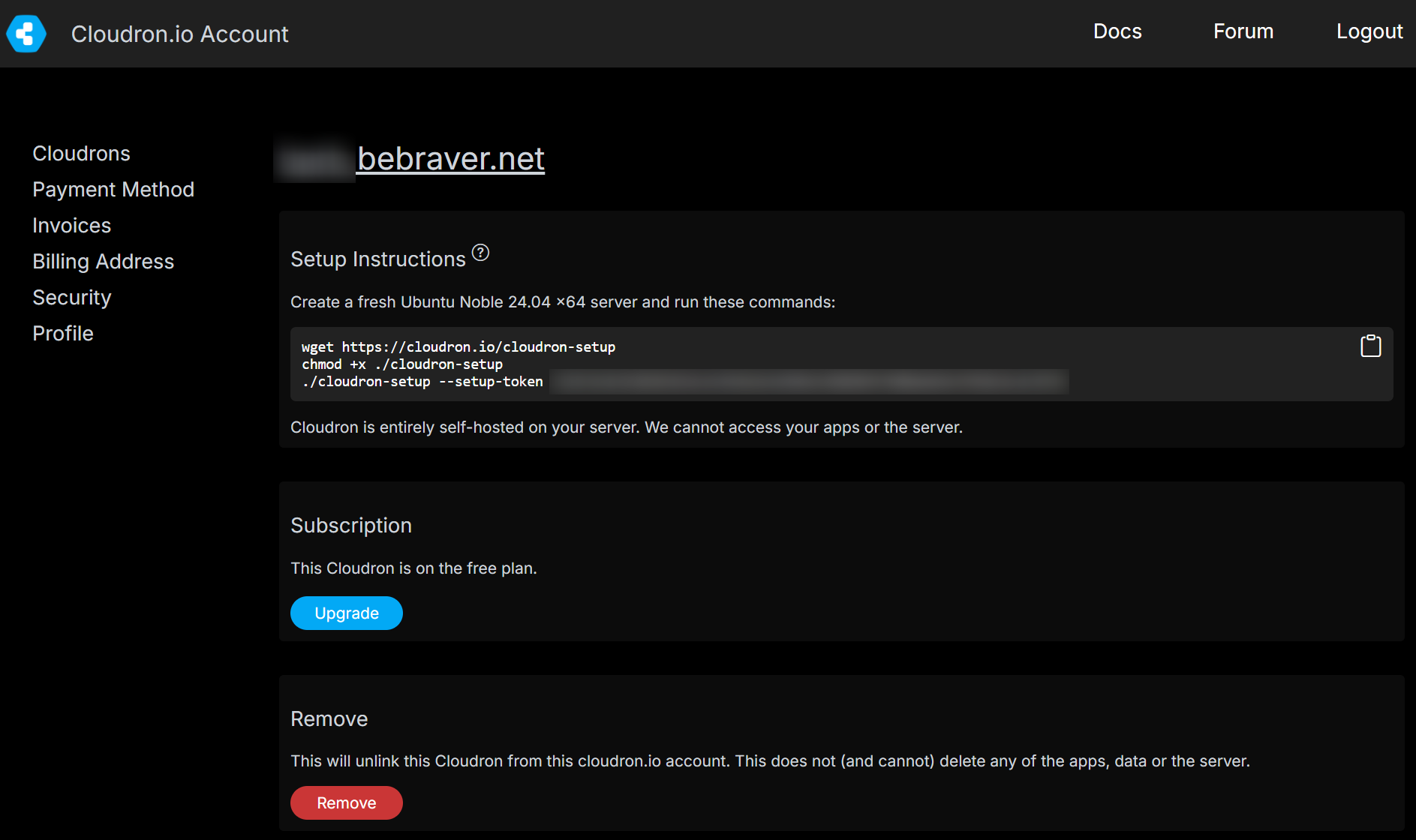Discuss
Feedback, suggestions, anything else Cloudron related
1.2k
Topics
10.1k
Posts
-
Backup failure during app update is not shown in the UI
Watching Ignoring Scheduled Pinned Locked Moved backup0 Votes3 Posts100 Views -
This topic is deleted!
Watching Ignoring Scheduled Pinned Locked Moved0 Votes0 Posts17 Views -
How to Setup LinkStack on Cloudron
Watching Ignoring Scheduled Pinned Locked Moved linkstack linktree littlelink tutorial custom-apps5 Votes13 Posts2k Views -
Newbie Question: Why Do We Need to Request Apps on Cloudron?
Watching Ignoring Scheduled Pinned Locked Moved3 Votes6 Posts306 Views -
Encrypted Client Hello (ECH) protocol in Cloudron?
Watching Ignoring Scheduled Pinned Locked Moved1 Votes2 Posts94 Views -
A decent CRM
Watching Ignoring Scheduled Pinned Locked Moved1 Votes21 Posts6k Views -
Using Cloudron Email with external mail gateway
Watching Ignoring Scheduled Pinned Locked Moved email server mailgateway dns2 Votes3 Posts220 Views -
VPN/Proxy assistance
Watching Ignoring Scheduled Pinned Locked Moved1 Votes2 Posts133 Views -
Typo on documentation
Watching Ignoring Scheduled Pinned Locked Moved1 Votes2 Posts182 Views -
App proxy questions and proxy/authentication possible improvement suggestions
Watching Ignoring Scheduled Pinned Locked Moved2 Votes3 Posts490 Views -
Cloudron API Docu - Set Operators correction?
Watching Ignoring Scheduled Pinned Locked Moved api documentation 1
0 Votes4 Posts181 Views
1
0 Votes4 Posts181 Views -
Thinking of moving away from Gandi, DNS provider recommendations
Watching Ignoring Scheduled Pinned Locked Moved0 Votes12 Posts630 Views -
Competitively priced Cloudron app space available in good neighbourhood, seeking tenants
Watching Ignoring Scheduled Pinned Locked Moved help hosting 2
3 Votes1 Posts102 Views
2
3 Votes1 Posts102 Views -
Ubuntu Pro & Cloudron
Watching Ignoring Scheduled Pinned Locked Moved2 Votes27 Posts8k Views -
Cloudron OIDC with SPA Frontend - PKCE Configuration Missing?
Watching Ignoring Scheduled Pinned Locked Moved1 Votes3 Posts243 Views -
Who is selling hosted (and supported) Cloudron servers?
Watching Ignoring Scheduled Pinned Locked Moved hostingprovider9 Votes32 Posts6k Views -
Ladybird - a new, independent web-browser
Watching Ignoring Scheduled Pinned Locked Moved2 Votes4 Posts337 Views -
Hot take on upgrading and licensing
Watching Ignoring Scheduled Pinned Locked Moved licensing opinion ux 3
1 Votes13 Posts1k Views
3
1 Votes13 Posts1k Views -
Suggestion: Official "Packaged by Cloudron" Badge
Watching Ignoring Scheduled Pinned Locked Moved tags publish badge quality4 Votes2 Posts184 Views -
OpenLiteSpeed app (OLSMP stack?)
Watching Ignoring Scheduled Pinned Locked Moved5 Votes3 Posts229 Views
